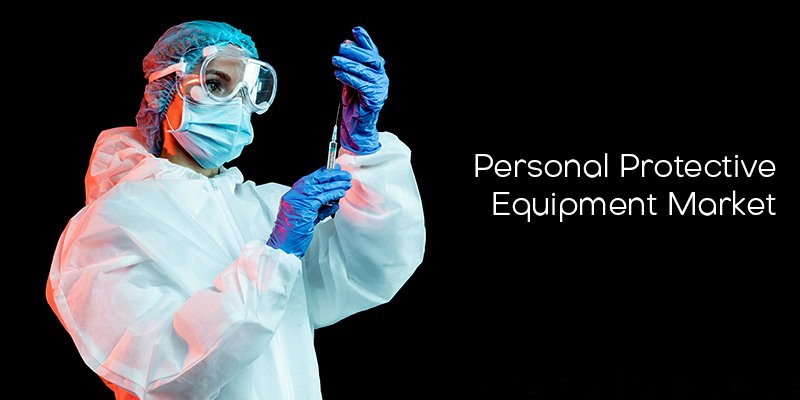Personal Protective Equipment, or PPE, is an essential safety tool in various industries. PPE serves as a barrier between a worker’s body and potentially hazardous or infectious materials. With the growing emphasis on workplace safety, the demand for PPE has risen in various industries across the globe. In this article, we will discuss the top industries with high demand for PPE.

Healthcare Industry
The healthcare industry is arguably the most significant industry requiring PPE. Healthcare workers are exposed to a vast range of infectious diseases daily. Without the proper protection, healthcare workers can easily become infected, placing their patients at risk.
PPE commonly used in the healthcare industry include disposable gloves, masks, eye protection, gowns, and respiratory protection such as N95 masks. With the current pandemic, PPE supply in the healthcare industry has been particularly high.
Construction Industry
Construction workers face a wide range of hazards on a daily basis. From falls to electrical hazards and exposure to chemicals, construction workers protect themselves using PPE. The most commonly used PPE in the construction industry includes hard hats, safety glasses, safety shoes, fall protection systems, and respiratory protection equipment.
Industrial Industry
The industrial industry covers various fields such as manufacturing, food processing, and chemical factories. Workers in these industries often handle hazardous materials, chemicals, and machinery, and they need the proper PPE to remain safe and healthy. The most commonly used PPE in the industrial industry includes safety shoes, ear protection, eye protection, gloves, chemical-resistant clothing, and respiratory equipment.
Oil and Gas Industry
The oil and gas industry is another high-risk industry that requires PPE. The primary hazards in this industry include toxic chemicals, explosions, and fires. The workers in this industry must wear PPE that is resistant to chemicals, fire-resistant, and electrically conductive. The most commonly used PPE in the oil and gas industry include hard hats, chemical-resistant suits, flame-resistant clothing, gloves, eye protection, and respiratory protection equipment.
Transportation Industry
The transportation industry covers various fields such as aviation, marine, and road transportation. Workers in the transportation industry often face hazards such as noise exposure, hazardous materials, and falls. The most commonly used PPE in the transportation industry includes safety shoes, ear protection, high-visibility clothing, fall protection systems, and respiratory protection equipment.
Food Processing Industry
Food processing industries are responsible for processing and packaging food before it is released to the public. Workers in the food processing industry often face hazards such as exposure to chemicals, cuts, and slips. The most commonly used PPE in the food processing industry includes gloves, safety shoes, hard hats, eye protection, and respiratory protection equipment.
Agriculture Industry
The agriculture industry plays a vital role in the economy and is responsible for the production of food and other essential products. Workers in this industry face hazards such as exposure to chemicals, cuts, and falls. The most commonly used PPE in the agriculture industry includes gloves, eye protection, safety shoes, and respiratory protection equipment.
PPE is an essential safety tool in various industries, and its demand has increased in recent years. Workers require PPE to stay safe and healthy while on the job. The healthcare industry is the leading industry demanding the most PPE, followed by the construction, industrial, oil, and gas, transportation, food processing, and agriculture industries.
Employers must prioritize the safety of their workers by providing them with adequate PPE. Workers should also understand the importance of using PPE and ensure that they use it appropriately. Workers must ensure that their PPE fits correctly, is clean, and is not damaged. Together, we can create a safe and healthy work environment.


